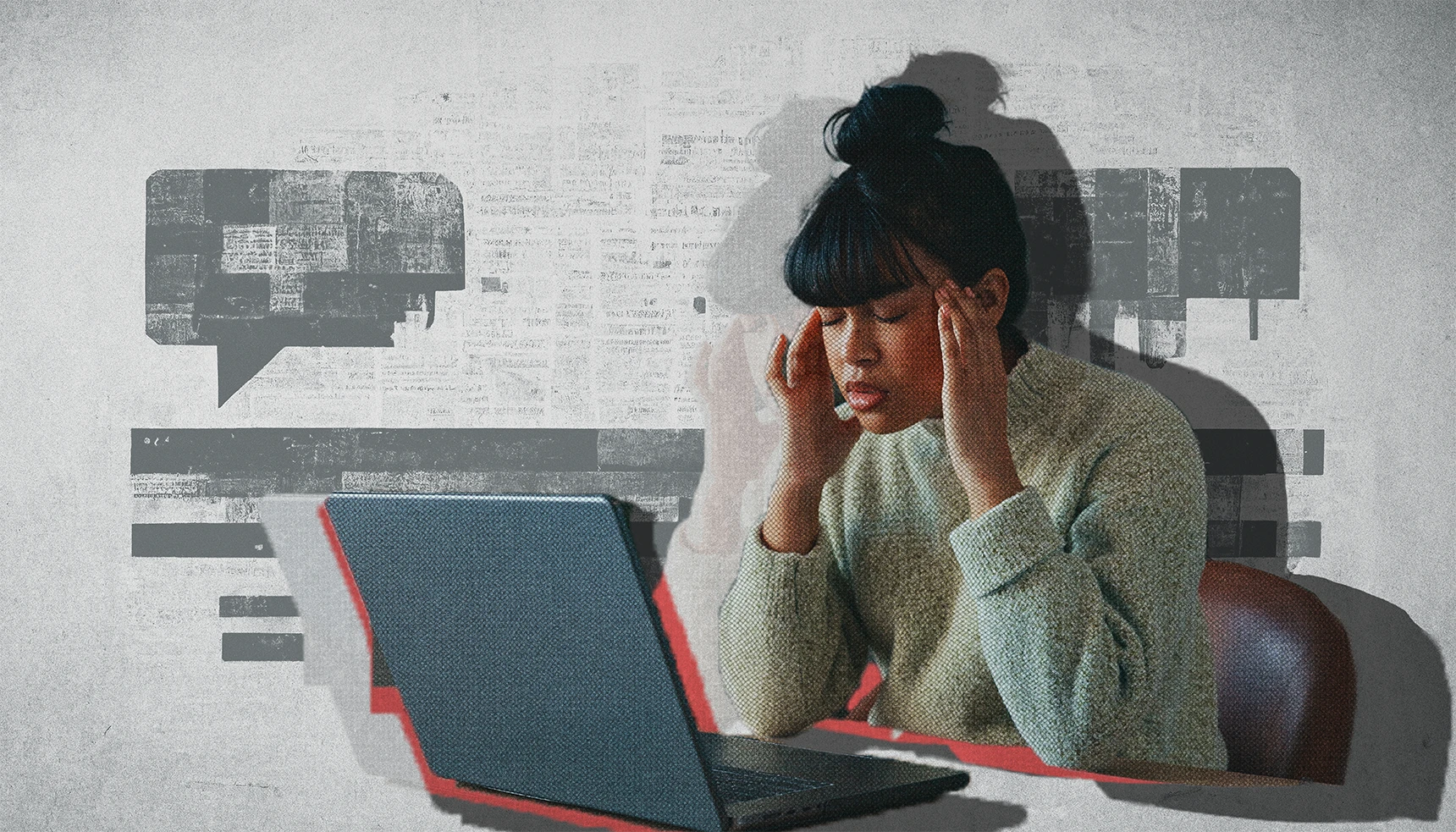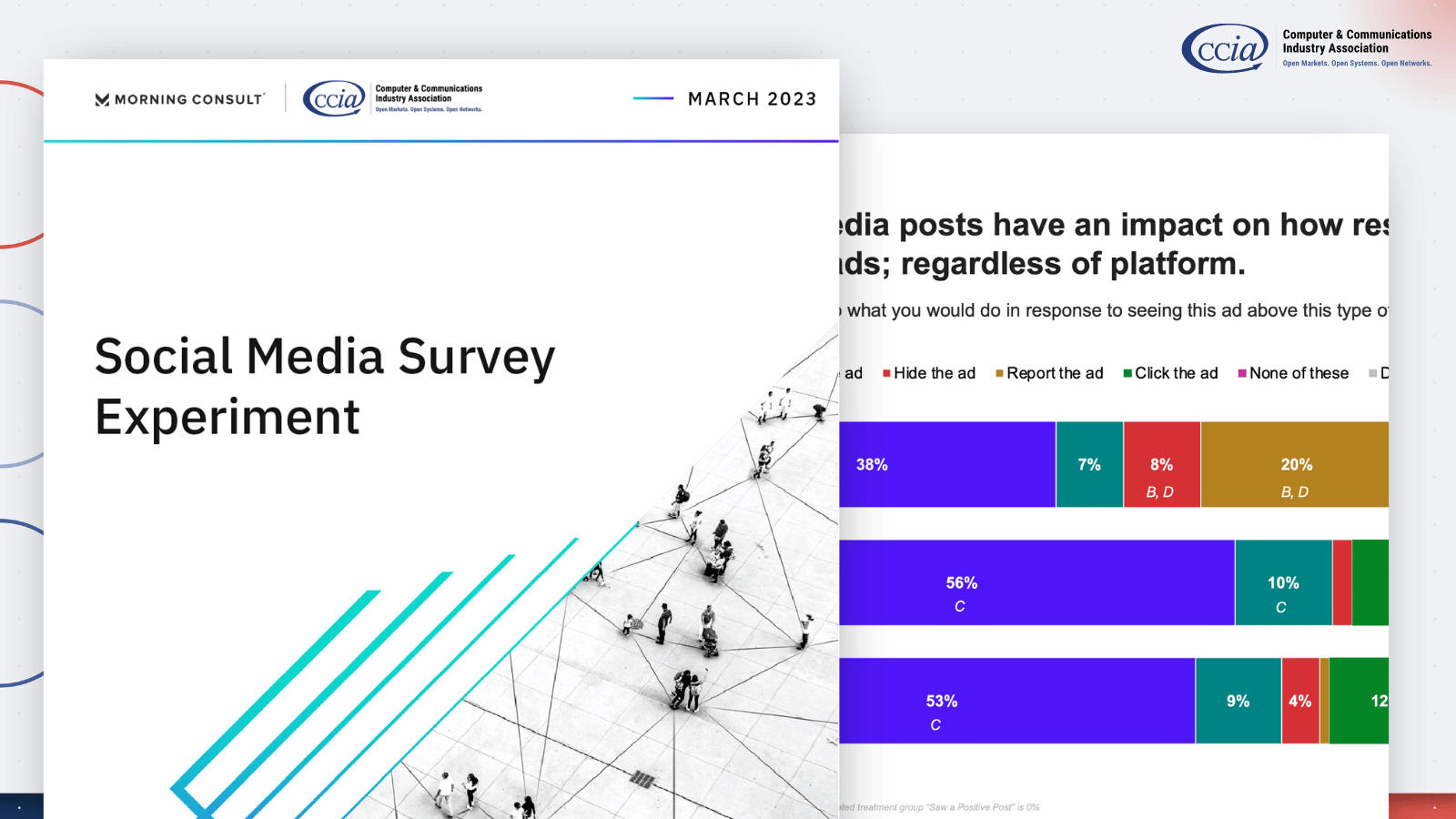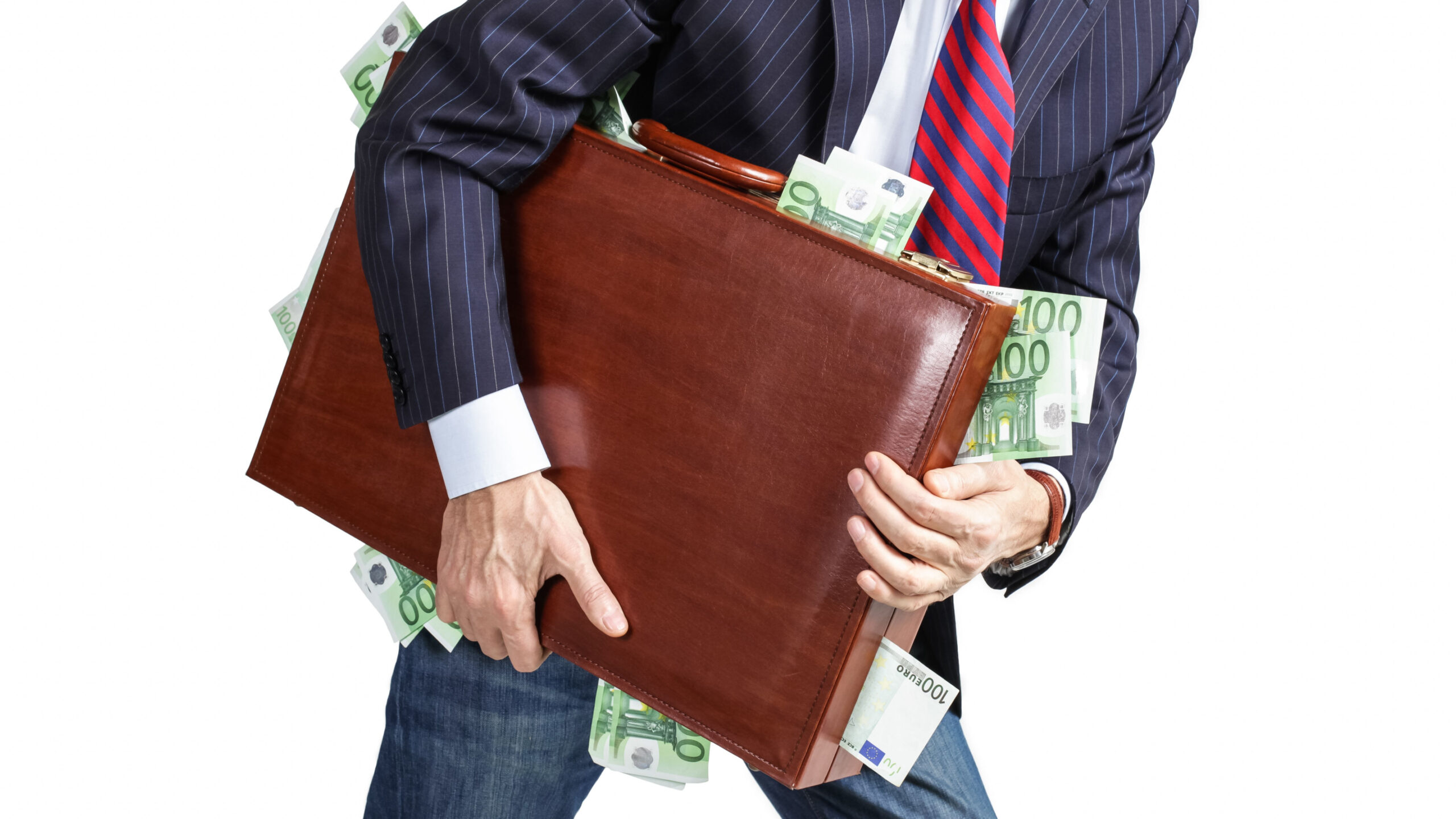This Post Is No Longer Available Due to…. (Why DMCA Abuse Occurs)
(Cross-posted at Chilling Effects)
Years ago, when the “Hampsterdance” was still the rage and the <blink> tag was still socially acceptable HTML, I briefly advised a business on their options for responding to a [trademark]sucks.com problem, about which I had done some writing. The client was being tarred by a vocal critic residing at a domain name in the nature of [client’s brand]sucks.com, and wanted to know what options were available to respond.
There were a number of lawful, generally IP-based avenues for pursuing this critic, ranging from federal trademark law to domain-related dispute resolution. Another response in such cases — which no lawyer should ever recommend to a client — is to submit a fraudulent DMCA takedown notice, falsely claiming copyright in the critical content.
I was wary of the client pursuing the available legitimate avenues, however, due to a then-recent incident with Barbra Streisand, where her efforts to suppress aerial photos of her home drew extraordinary attention to something that the public would have otherwise ignored. If the client sued this critic, the complaint would likely wind up on the critic’s website, and might make the rounds on Internet news sites. A single, low-traffic website could turn into an Internet-wide PR disaster. It was necessary, therefore, to weigh the costs of the current criticism against the expected cost (i.e., cost multiplied by probability) of an even larger public relations crisis. Soon thereafter, Techdirt’s Mike Masnick coined the term “Streisand effect” to describe backfiring attempts at content suppression.
I often reflect on this case when encountering instances of DMCA abuse. The prospect of bad PR is often insufficient to deter DMCA abuse — particularly when the targeted content is the source of the bad PR.
DisCo has previously covered DMCA abuse, most recently discussing the incidents involving misreporting of pilots’ names in the Asiana airline crash, and a CNBC interview of Sen. Elizabeth Warren. In both cases, news outlets sought to prevent criticism and commentary by others on the news outlets reporting. Both instances drew greater attention to the initial story, but that obviously has not deterred subsequent instances of DMCA abuse.
Two weeks ago, Joe Mullin at Ars Technica pointed to another criticism/DMCA abuse case, characterized by Public Citizen’s Paul Levy as “the Streisand effect gone bonkers,” and just yesterday the Guardian and TechCrunch brought us news of yet another case, in which WordPress provider Automattic complied with a baseless takedown by a “heterosexual advocacy” entity, Straight Pride UK, directed at an unflattering interview. Some critics blamed Automattic, yet this criticism was misdirected. The company was merely complying with its obligations under Section 512, in response to a complaint submitted to it under penalty of perjury. To Automattic’s credit, the content was restored, and to the dismay of the Straight Pride group, the interview was widely reprinted online.
So, given that DMCA abuse often fails spectacularly, why does it still occur? There are two possibilities: (1) people are irrational, and do not properly weigh future expected costs against very real costs, happening right now; or (2) the cases we see are only the tip of the iceberg, and there is a large amount of successful DMCA abuse under the water which we never see. In this possibility, people are actually making rational decisions to roll the dice, and we only see the ‘losers’ who get caught dabbling in censorship.
This is an empirical question which we do not presently have good data to answer. Research of DMCA takedowns by Jennifer Urban and Laura Quilter several years ago produced troubling conclusions about the proportion of illegitimate notices, but by necessity worked with self-reported data. This could introduce selection biases, among other problems, which limit the extent to which we can generalize results.
If neither the handful of actions brought against DMCA abusers [1] [2] nor the PR backlash for publicized instances of abuse have produced sufficient deterrence, a more robust remedy for abuse may be warranted. Certainly, accidental, erroneous takedowns are bound to happen, and it is important to differentiate between incompetence and malice. The Internet is a busy place, and mistakes are going to be made. Trying to punish every errant takedown claim is unlikely to be a useful exercise. Willful and perjurious use of the DMCA to suppress speech is a different thing, and this is misconduct that could be deterred. Given that reopening the DMCA is regarded as the “third rail” of IP politics, however, such deterrence would need to come from the courts.








